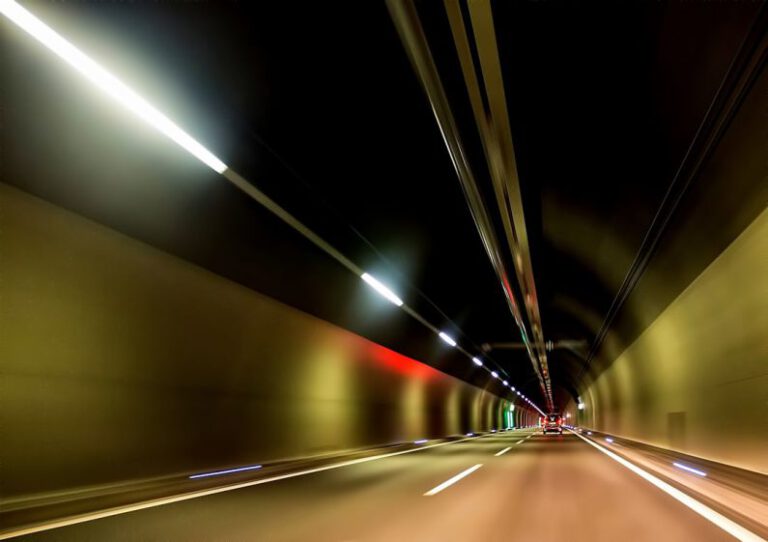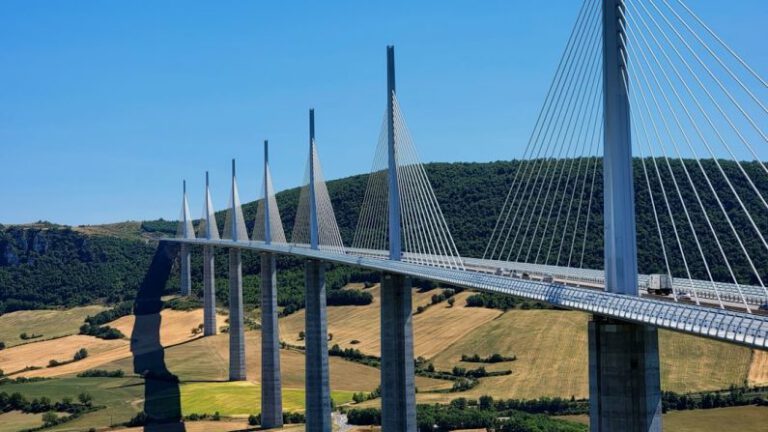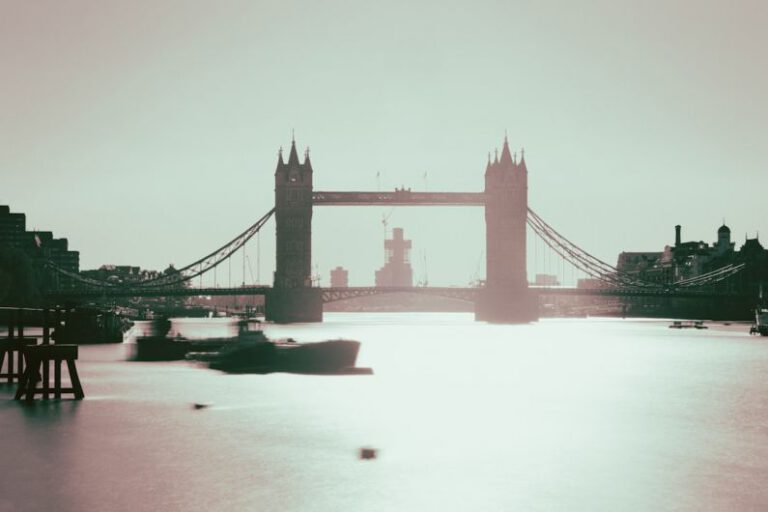Can the Roskilde Waste-to-energy Plant Be a Model for Sustainable Urban Planning?
Situated in the picturesque town of Roskilde, Denmark, the Roskilde Waste-to-energy Plant stands as a beacon of innovation in sustainable urban planning. This state-of-the-art facility not only handles the city’s waste but also generates heat and electricity for thousands of households. With its cutting-edge technology and environmentally friendly practices, can the Roskilde Waste-to-energy Plant serve as a model for other urban areas looking to enhance their sustainability efforts?
Addressing the Waste Management Challenge
Waste management is a pressing issue for many urban centers around the world. As populations grow and consumption increases, the amount of waste generated continues to rise, putting a strain on existing landfill sites and incineration facilities. The Roskilde Waste-to-energy Plant offers a unique solution to this challenge by efficiently converting waste into energy through a process known as incineration.
At the heart of the plant is a series of high-temperature incinerators that burn the waste to produce heat. This heat is then used to generate steam, which drives turbines to produce electricity. In addition to electricity, the plant also captures excess heat and supplies it to the local district heating network, providing a sustainable source of warmth to homes and businesses in the area.
Sustainable Energy Generation
One of the key strengths of the Roskilde Waste-to-energy Plant is its ability to generate clean and renewable energy from waste. By harnessing the energy potential of the city’s discarded materials, the plant reduces the reliance on fossil fuels and helps lower the carbon footprint of the community. This aligns with Denmark’s ambitious target of becoming carbon-neutral by 2050, demonstrating the plant’s contribution to national sustainability goals.
Moreover, the plant’s energy generation process is highly efficient, with advanced technologies in place to minimize emissions and maximize energy output. This commitment to sustainability sets a high standard for other waste-to-energy facilities to follow, showcasing the potential for environmentally friendly energy production in urban settings.
Community Engagement and Education
In addition to its operational functions, the Roskilde Waste-to-energy Plant actively engages with the local community to promote environmental awareness and education. The plant offers guided tours for visitors, schools, and organizations, providing insights into waste management practices and the benefits of renewable energy production. By opening its doors to the public, the plant fosters a sense of transparency and accountability, inviting residents to learn more about the plant’s operations and sustainability initiatives.
Furthermore, the plant collaborates with schools and universities to support research projects and educational programs focused on waste management and energy sustainability. By investing in the next generation of environmental leaders, the plant reinforces its commitment to long-term sustainability and knowledge sharing within the community.
Future Implications for Urban Planning
As cities worldwide grapple with the dual challenges of waste management and energy sustainability, the Roskilde Waste-to-energy Plant offers a compelling example of how innovative technologies can address these issues in a holistic manner. By integrating waste management with energy generation and community engagement, the plant demonstrates the potential for a more sustainable approach to urban planning.
Looking ahead, the success of the Roskilde Waste-to-energy Plant could inspire other cities to explore similar solutions for their waste and energy needs. By adopting a circular economy model that prioritizes resource efficiency and renewable energy generation, urban areas can reduce their environmental impact and move towards a more sustainable future.
In conclusion, the Roskilde Waste-to-energy Plant serves as a shining example of how sustainable urban planning can transform waste into a valuable resource. Through its innovative technologies, community engagement efforts, and commitment to renewable energy generation, the plant sets a high standard for environmental stewardship in urban settings. As other cities seek to enhance their sustainability practices, the Roskilde Waste-to-energy Plant stands ready to inspire and guide them towards a greener, more sustainable future.






